WHAT MY CLIENTS SAY
Eric was very helpful and generous with his time. He takes time to get to know what you’re looking for, and is interested in ensuring you find the best home for you.
Miami Real Estate Agent
Buying, selling or renting any type of real estate should not be a stressful experience. It should be a celebration of the hard work that you have put in to your life to be the best you. That said, you should be able to enjoy the lifestyle of your choice - whether you like the city life, beach life, quiet beach life with access to the night life, architecturally rich, family life, country life, it doesn't matter! Miami is the place for you!
Closed Sales
Total Transaction Volume
List to Sales ratio

For Sale

3715 SW 29th St, Miami, FL 33134
Sold
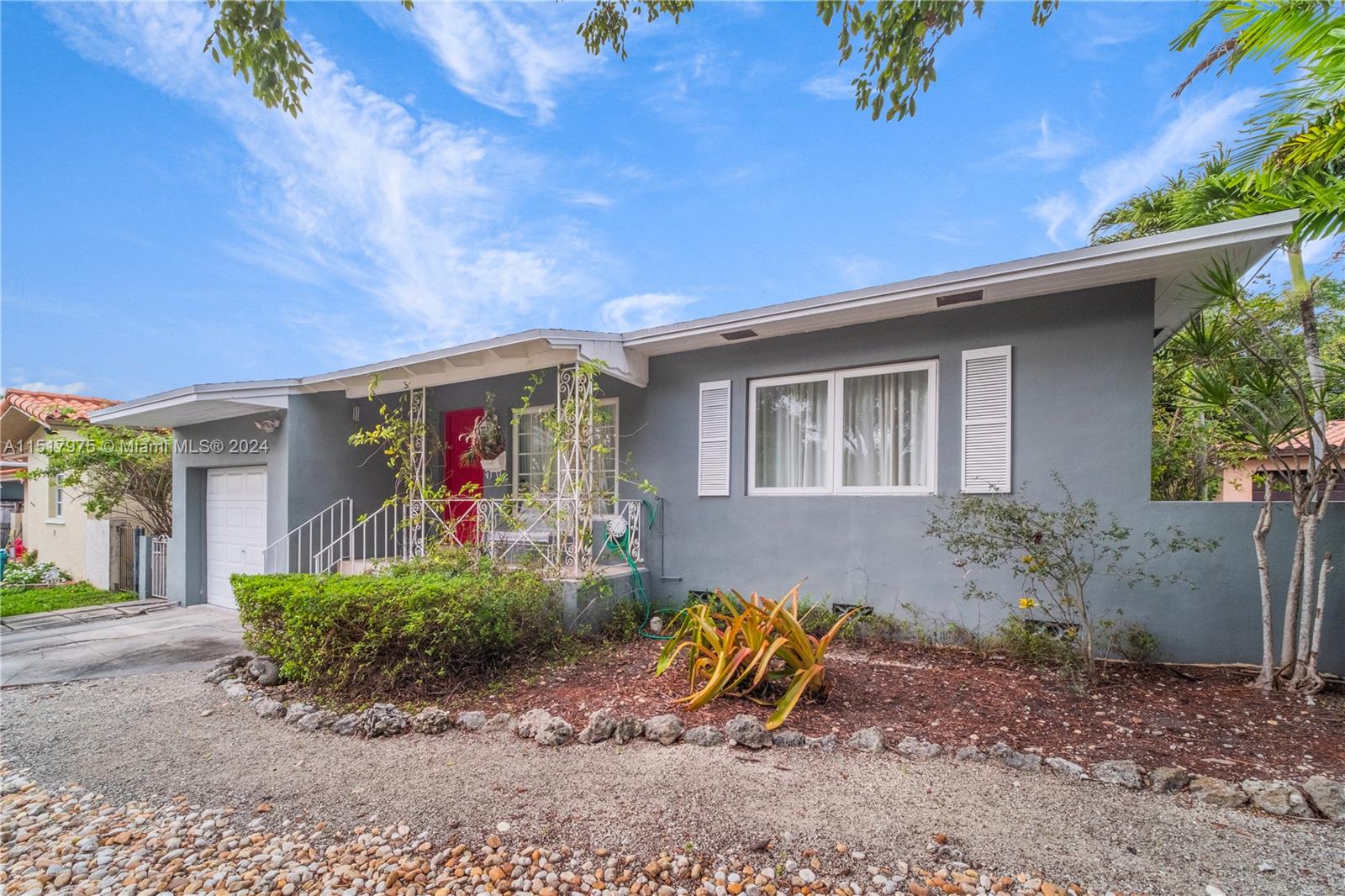
2245 SW 23rd Ter, Miami, FL 33145
Sold
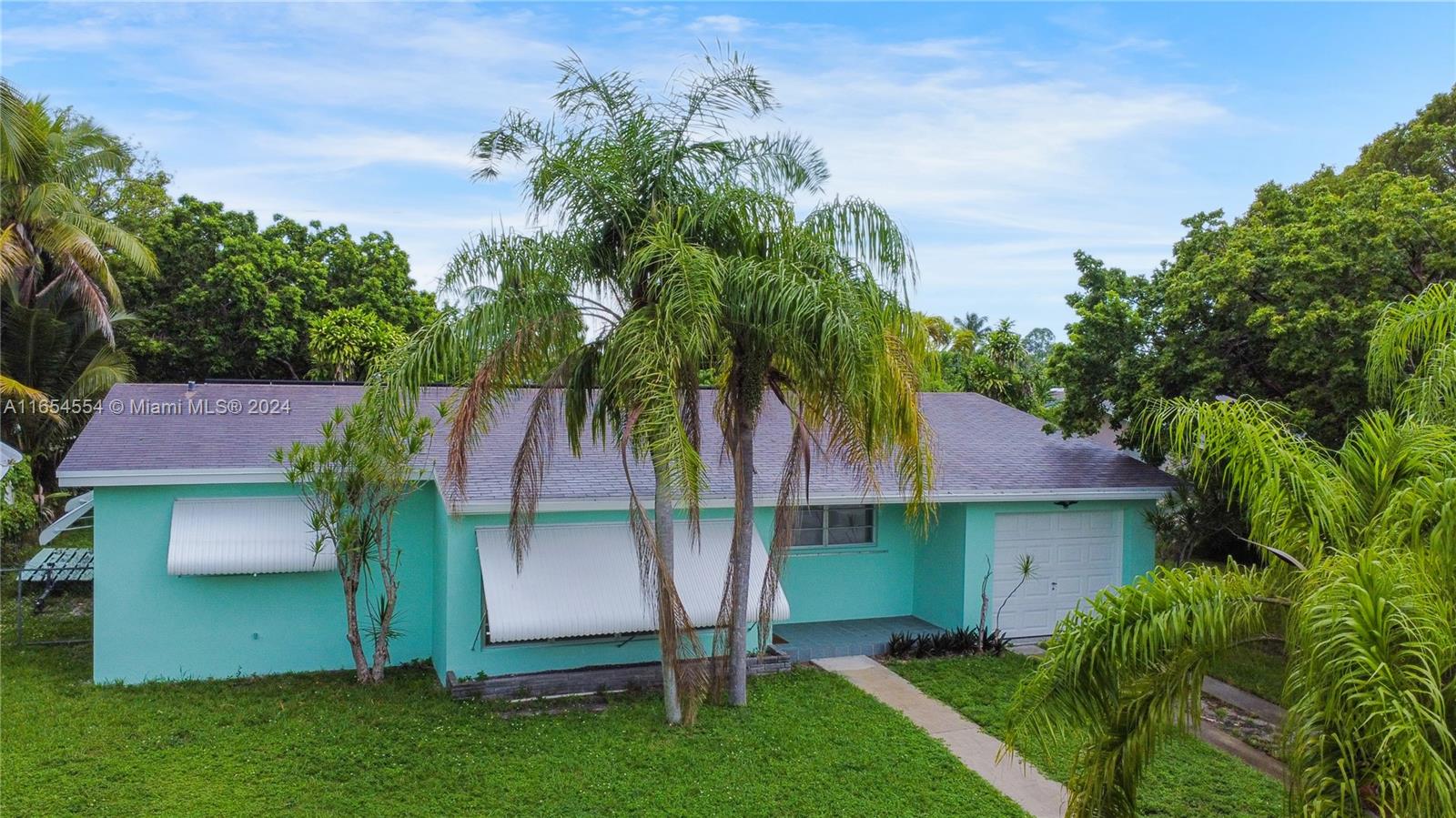
9490 N Dominican Dr, Cutler Bay, FL 33189
Sold
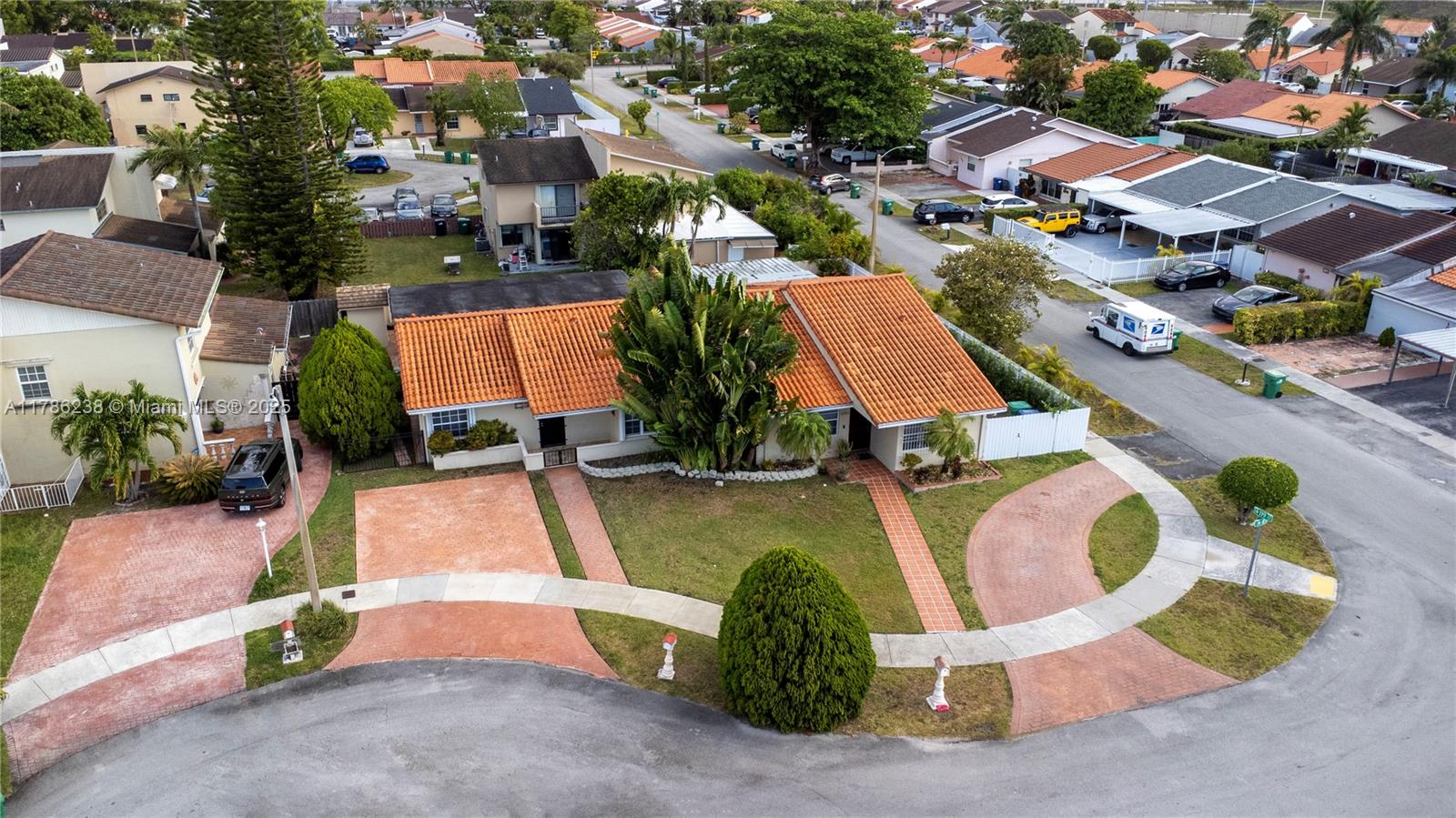
11923 SW 11th Ter # 2 Unit: D-2, Miami, FL 33184
Sold
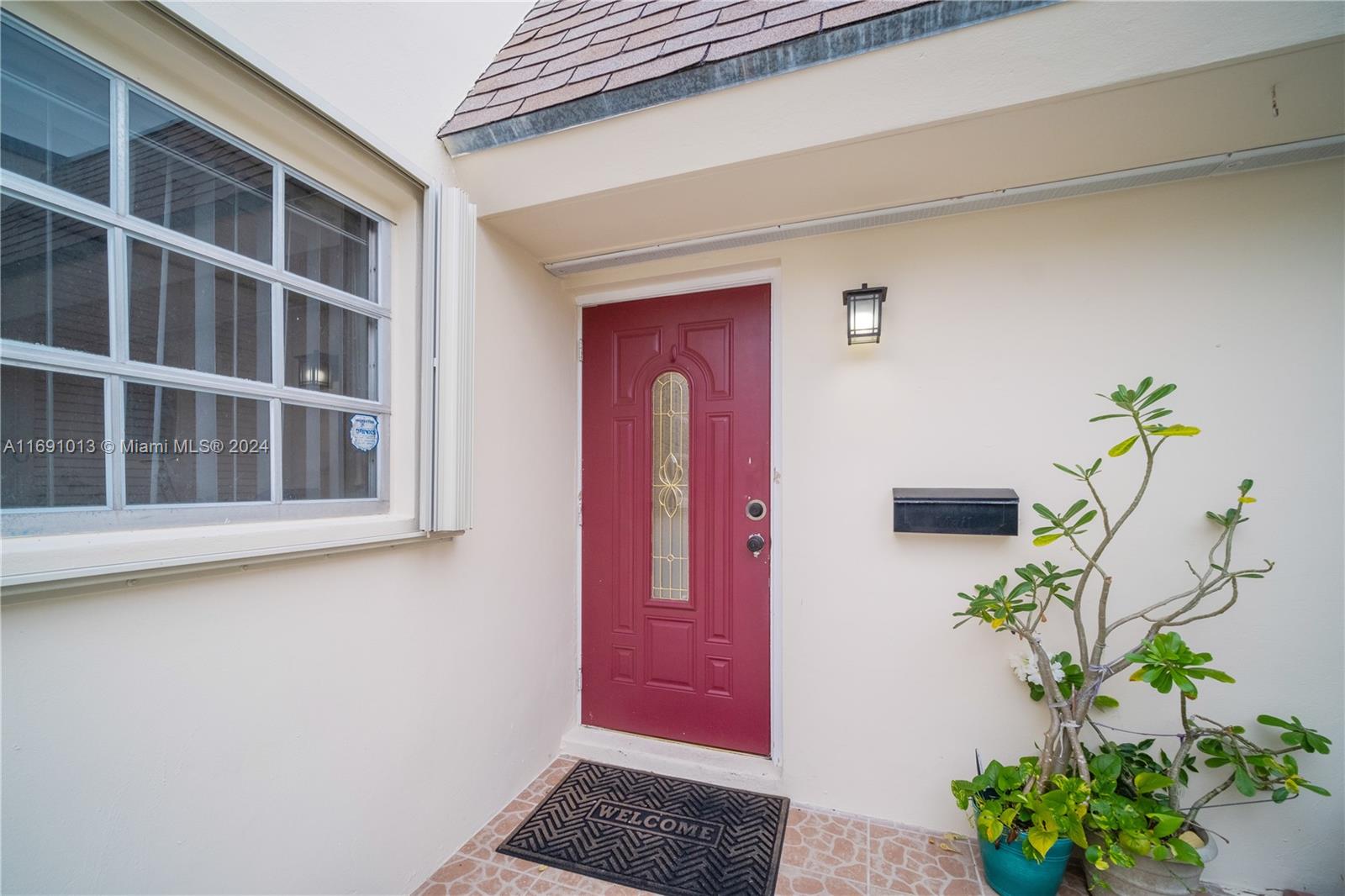
11262 SW 172nd St Unit: II2832, Miami, FL 33157
Stay up to date on the latest trends in real estate.

Travel
Proving Miami's International Reach

real estate
A Miami Agent Explains What It Actually Means for Your Deal


real estate
(And How to Maximize Your Profit in Any Season)
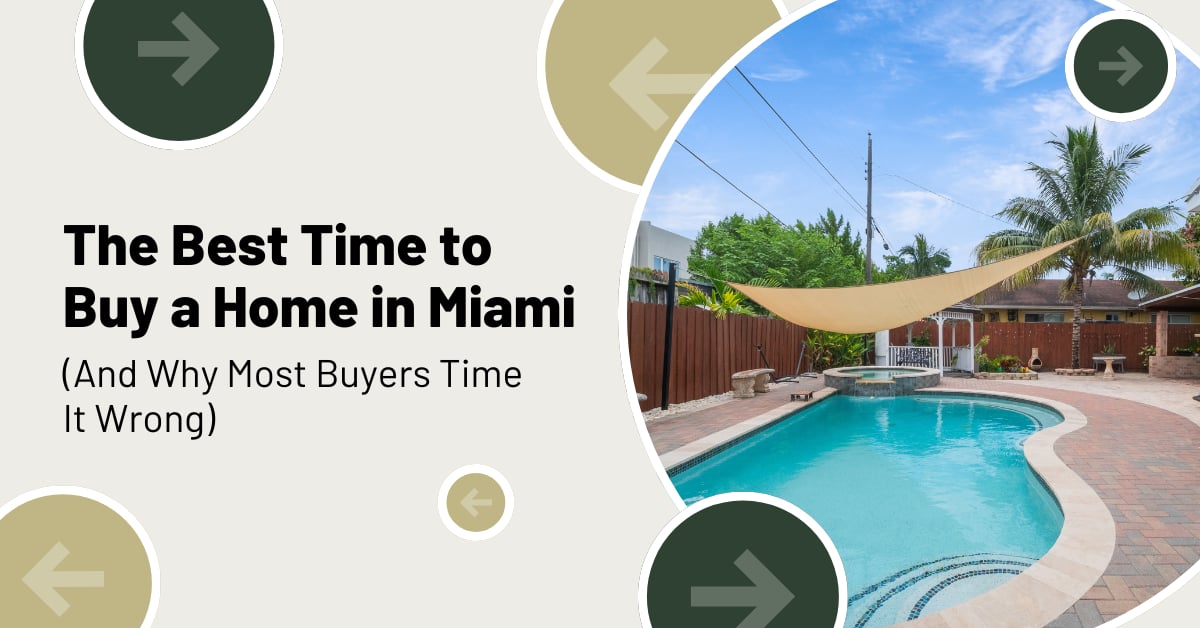
real estate
(And Why Most Buyers Time It Wrong)


real estate
(Expired Listing Solutions and Proven Fixes)

Will Miami Home Prices Drop? Why 2025 Is Nothing Like 2008.
Get assistance in determining current property value, crafting a competitive offer, writing and negotiating a contract, and much more. Contact me today.